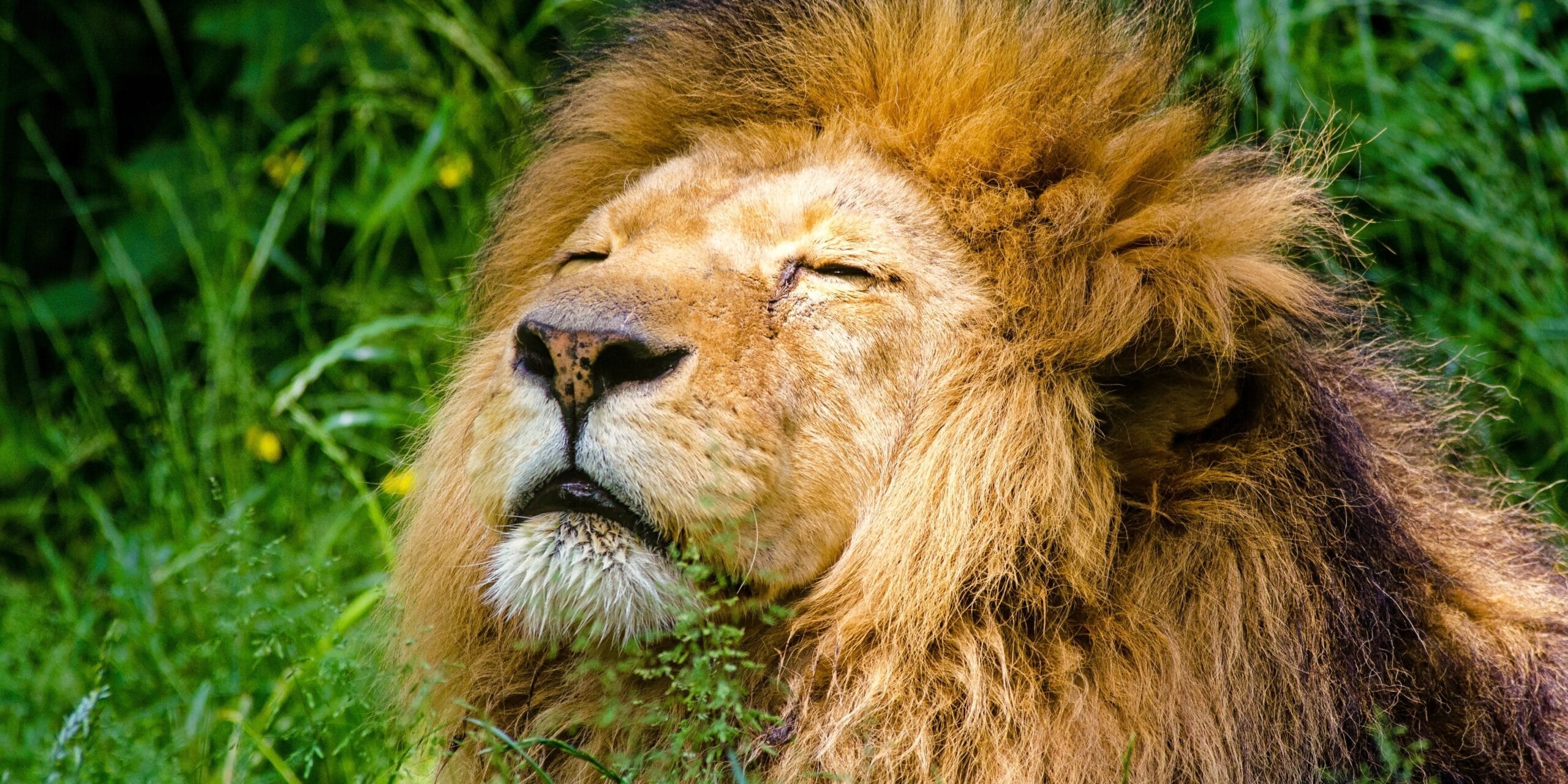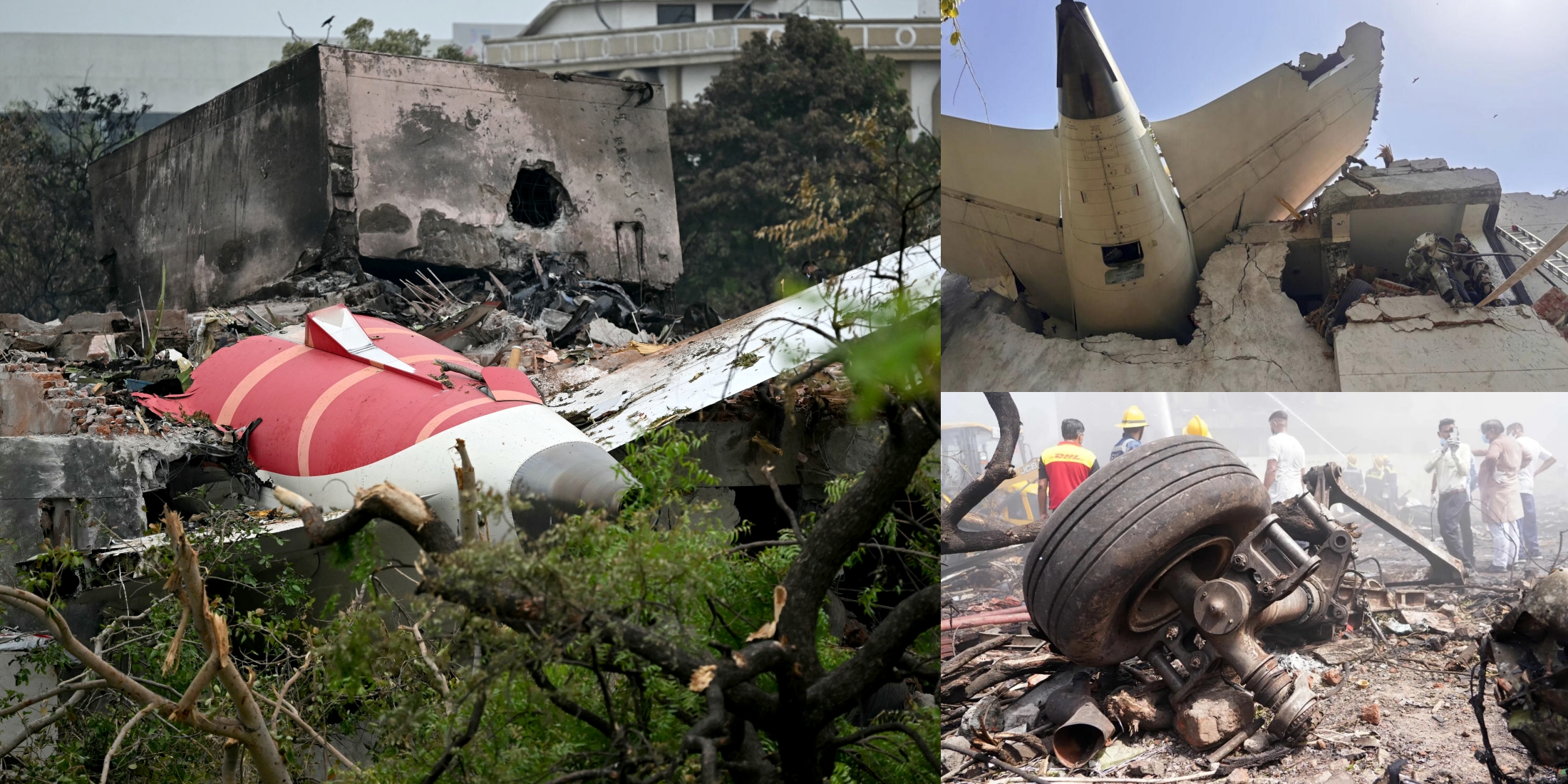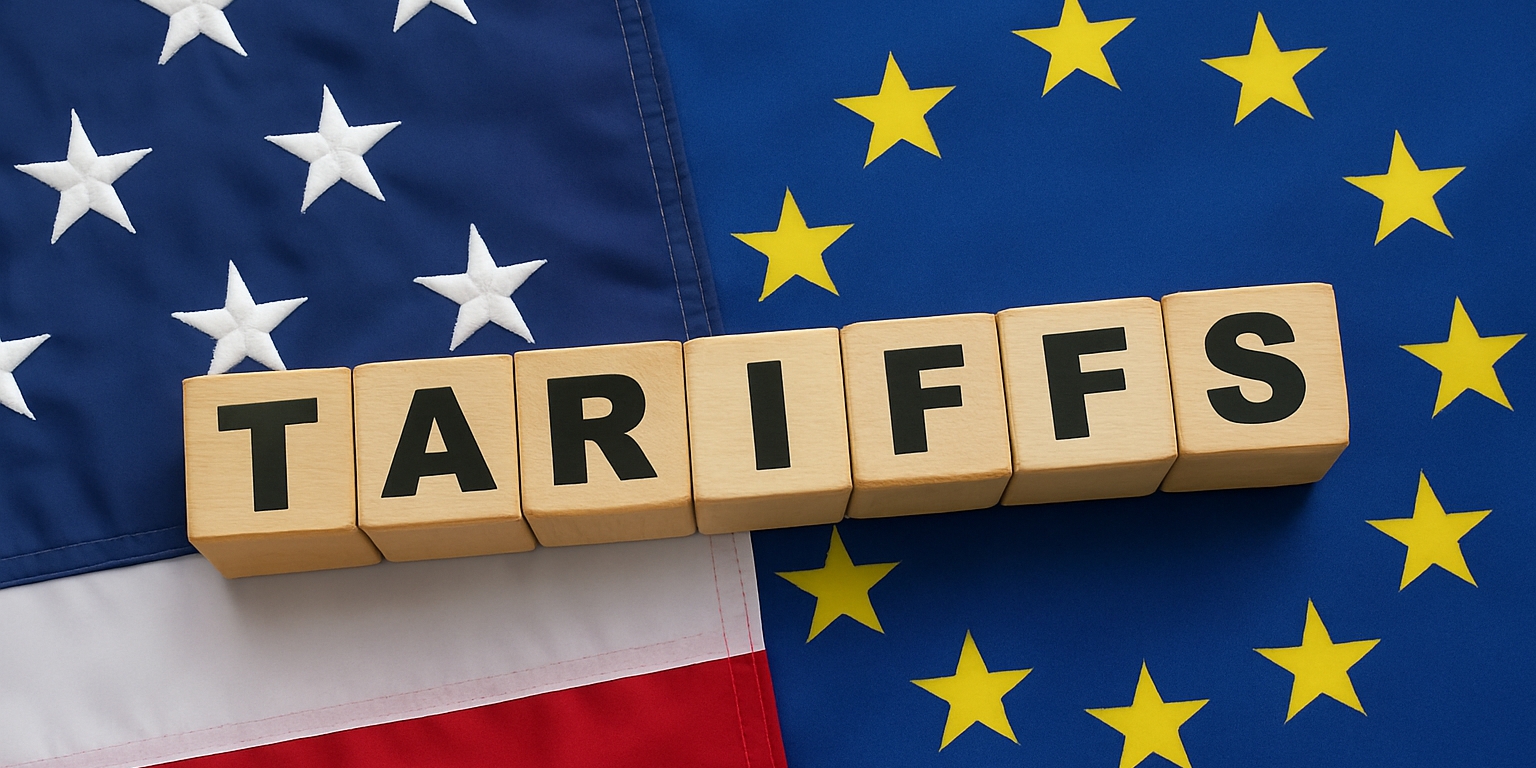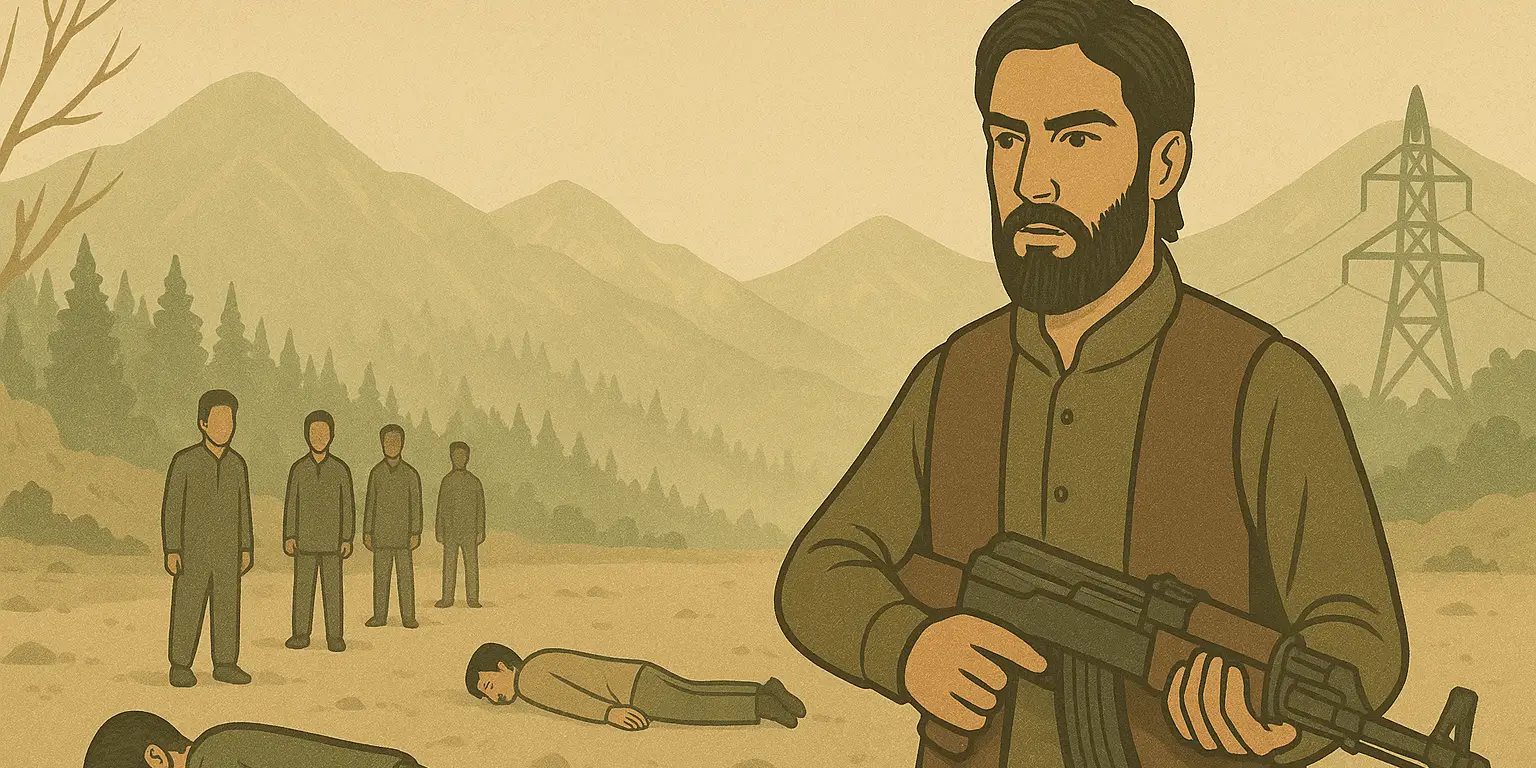The world’s endangered animals that we all love to see in our local zoos are at risk. A new wave of Bird Flu, also called avian influenza or H5N1, is on the rise again. Here is what we know so far of the confirmed cases:
-
- Forty-seven tigers, three lions, and a panther died from the H5N1 strain at the My Quynh Safari Park and the Vuon Xoai Zoo in Vietnam in October 2024.
- In the US, the San Francisco Zoo reported a wild red-shouldered hawk, Woodland Park Zoo in Washington, D.C., reported a red-breasted goose, and in Arizona, the Wildlife World Zoo reported five animals, including a cheetah and a mountain lion, as killed from avian influenza. These deaths occurred between October and December 2024.
- While I was writing this article, NBC News reported that 20 big cats had succumbed to the bird flu virus at the Wild Felid Advocacy Center in Washington, D.C.
These deaths paint an alarming picture, more so because the virus is easily transmittable to humans. Many zoos have reported that their staff have also come in contact with affected animals. As a precaution, these staff members have been quarantined. The zoos have cordoned off affected animal enclosures and introduced stricter protocols as a safety precaution.
Here’s a bit of history for our readers: Bird Flu, or the H5N1 strain, is a highly contagious virus first reported in domestic geese in China in 1997. It was responsible for the virus outbreak in humans in Southeast Asia in the early 2000s, with a 40-50% death rate.
Since then, the World Health Organization has been vigilant in monitoring the disease in birds and announcing protocols at government levels to help countries stop or mitigate the virus risk in humans. With every new virus outbreak, the strain is getting stronger, making the leap from wild birds to bigger animals and cats, such as tigers, cheetahs, and lions. These endangered animals have now raised alarm bells that require immediate attention from wildlife authorities.
“Given the potentially fatal consequences of an HPAIV infection in birds and in some mammals, such as big cats, these infections may have grave implications for endangered animal species refuged in zoos,” said Dr Connor Bamford, a virologist from Queen’s University Belfast.
Researchers believe we are seeing H5N1 virus outbreaks in zoos because infected wild birds fly in and out of enclosures during migration season. There is no way to know if they are affected, and there is no controlled environment to focus on.
This is where the bigger picture lies. Global warming is disrupting migratory patterns and allowing the virus to thrive more naturally. The loss of biodiversity and climate change have been accelerating virus outbreaks in the last couple of years. Scientists are urging governments and international organizations to treat every outbreak from now on not as an isolated event but as part of a bigger pattern requiring immediate action.
Tell us in the comments what your thoughts are on seeing your favorite mammals and animals battling the flu. And what innovative solutions can scientists and authorities look for? Because in the fight for these animals’ survival, every little input helps!









